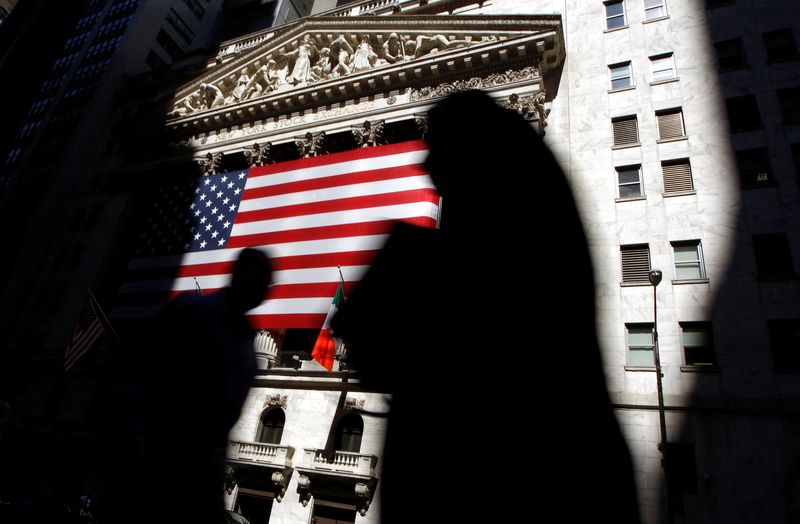Powell’s speech, Nvidia’s chips, Meta deal - what’s moving markets
Investing.com - The U.S. economy grew by more than anticipated in the second quarter, rebounding from a contraction in the first three months of 2025, in a sign of resilience despite worries over the impact of President Donald Trump’s erratic trade policies.
The Commerce Department’s advance gross domestic product (GDP) report on Wednesday showed growth of 3.0% for the April to June period. GDP shrank by 0.5% in the first quarter.
Economists had been projecting expansion of 2.5%.
In a statement, the Bureau of Economic Analysis said the increase in GDP was primarily a reflection of a drop in imports, which are a substraction in the calculation of the figure. Imports surged in the first quarter as companies raced to lock in orders prior to the implementation of Trump’s elevated -- and, for now, delayed -- "reciprocal" tariffs on a range of U.S. trading partners.
"As was the case in first quarter, volatile trade flows are skewing the GDP performance," analysts at Vital Knowledge said in a note.
Consumer spending also bolstered GDP, the BEA report said, suggesting that shoppers shrugged off many of the concerns economists have had over the potential of levies to drive up prices. Personal consumption in the second quarter ticked up by 1.4%, rising from 0.5% in the previous quarter, but still slightly below Wall Street forecasts of 1.5%.
It was the latest suggestion that a slump in consumer sentiment due to the tariffs earlier this year has ebbed. Data earlier this week showed that households’ financial confidence, which had slipped to one of its lowest points since the COVID-19 pandemic in April, was stronger than estimated in July.
The decreased imports and accelerated consumer spending helped to partly offset a downturn in investment, the BEA noted.
Meanwhile, the headline personal consumption expenditures price index, a gauge of inflation, slowed to 2.1% from 3.7%. Excluding food and energy, the PCE index increased 2.5%, compared with an earlier jump of 3.5%.
Officials at the Federal Reserve have been closely monitoring inflationary pressures as they deliberate over the path of interest rates in the coming months. Policymakers are seen keeping rates steady at the conclusion of their latest meeting later today.
